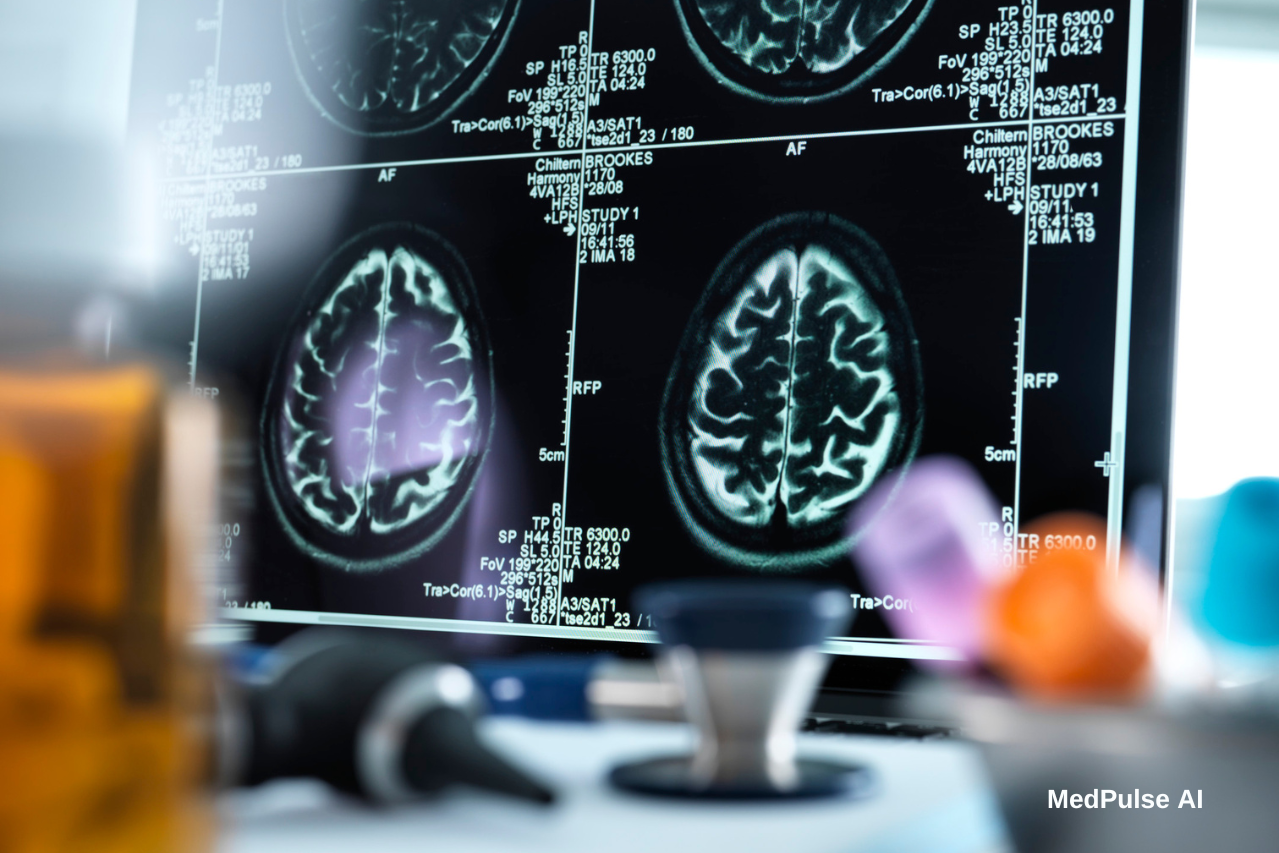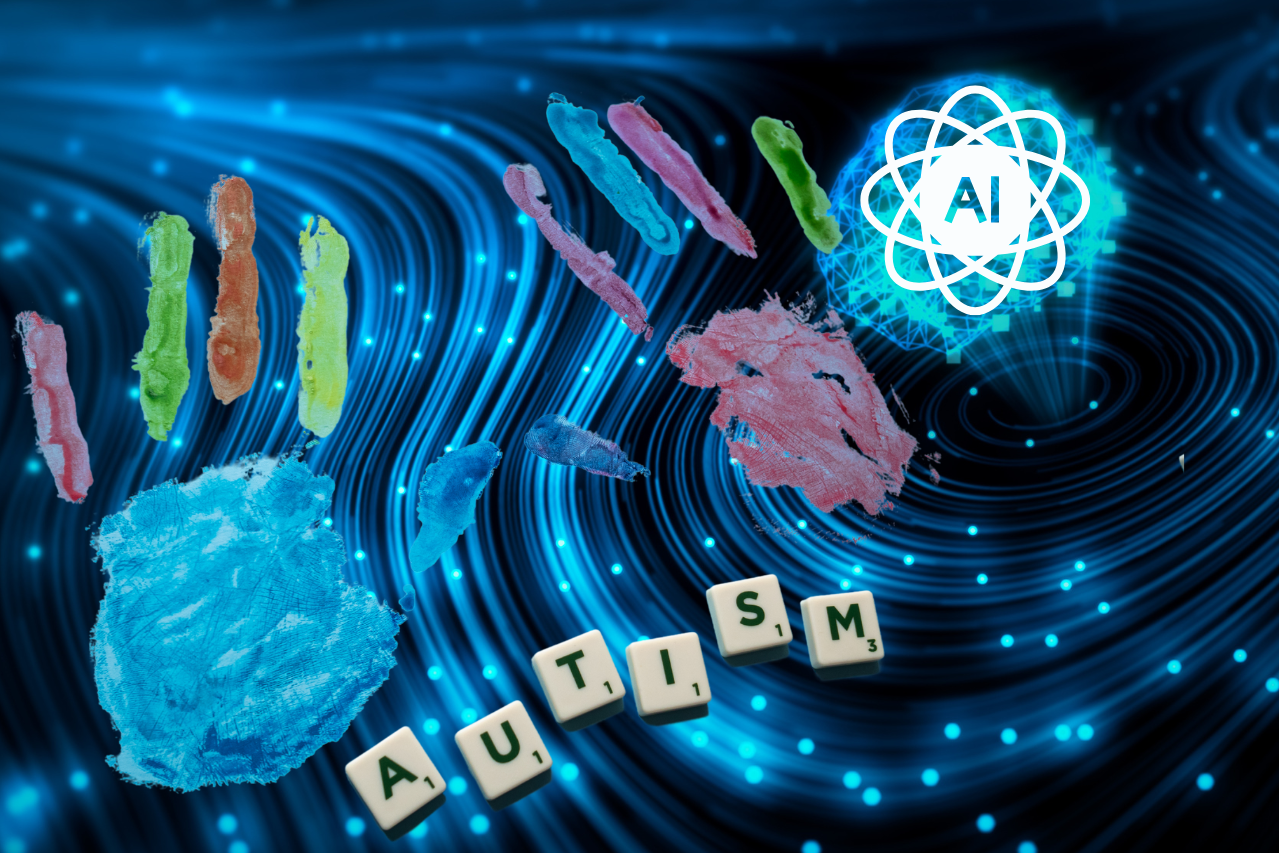Healthcare is increasingly challenged by complexity, fragmented data systems, rising automation, and limited interoperability among tools meant to ease clinical workloads. While artificial intelligence has made significant progress in areas like diagnostics and documentation, current models often lack a grounded understanding of the physical environments and real-time dynamics in which care unfolds.
As a result, their usefulness remains constrained when applied to tasks requiring spatial awareness, memory, or adaptive reasoning.
A new direction in AI research, world models, seeks to address these limitations. Developed by researchers like Fei-Fei Li and Yann LeCun, world models represent an effort to move beyond language-only systems toward AI that can simulate and reason about how people, environments, and events interact over time. These models are designed to form internal representations of the world, enabling context-aware decision support and physical interaction.
While still in early stages, their development holds particular relevance for healthcare, where clinical decisions often depend not just on data, but on understanding relationships across time, space, and individual variability.
What Are World Models and Why Should Healthcare Care?
Unlike today’s large language models (LLMs), which predict text based on language patterns, world models learn by observing how things move, interact, and evolve in time and space. Think of it as teaching AI to imagine, reason, and simulate, not just summarize.
They can:
- Predict what will happen next in a physical system
- Model environments in 3D, including constraints and agents
- Retain memory, build plans, and adjust based on changing inputs
Fei-Fei Li’s startup World Labs is focused on teaching AI to move from pixels to perception—inferring spatial relationships the way a human might walk through a room. LeCun’s team at Meta is building abstract, video-based systems like V-JEPA 2, which bypass raw pixels and instead train AI to anticipate the structure of future events.
Moving From Reactive to Reasoning
1. Clinical Simulation and Personalized Medicine
Today’s AI might suggest treatment options. But tomorrow’s AI could simulate how your exact body, given your unique history and biology, would respond to each of them.
- Digital Twins: World models could underpin patient-specific simulations, modeling disease trajectories, recovery curves, and how drugs interact in your system.
- Proactive Forecasting: Instead of relying on past averages, clinicians could explore simulated “futures”, from surgery outcomes to lifestyle changes.
Real-world parallel: Startups like Unlearn.AI already use digital twin modeling to simulate placebo arms in clinical trials, saving time, cost, and lives.
2. Smarter, Safer Healthcare Robotics
World models could dramatically enhance physical intelligence in hospital robotics:
- Surgical Assistance: Robotic tools guided by 3D spatial understanding could anticipate motion, avoid obstacles, and hand off instruments more intuitively.
- Elder Care: AI systems could help frail patients navigate daily tasks, detecting falls, adjusting support angles, or moving around tight quarters with precision.
Concept to watch: The integration of world models with surgical simulation platforms like those from Intuitive Surgical or Vicarious Surgical.
3. Drug Discovery and Simulated Biology
In drug development, predicting molecular reactions in silico has always been the dream.
- Organ-Level Simulation: World models could simulate organ responses to compounds in a temporally dynamic way.
- Population Variation: Test drug reactions across virtual patients with different genotypes, ages, or comorbidities—before touching a lab rat or human trial.
4. Medical Education That Learns Back
Instead of rote learning, imagine students practicing on patients who evolve, deteriorate, or recover based on their decisions.
- Immersive Clinical Reasoning: Trainees can test decisions in dynamic, simulated environments that mimic real-world uncertainty.
- Ethical Practice: Early exposure to edge-case decision-making without risk to real people.
Most AI models overlook women 45+. But with world models, there’s an opportunity to simulate long-term patterns like hormonal transitions, osteoporosis progression, or polypharmacy impact, if diverse patient data is included from the start.
5. Public Health & Crisis Planning
AI with spatial reasoning could revolutionize emergency response:
- Disaster Simulation: In pandemics, floods, or wildfires, AI could model patient flow, bed availability, and ambulance routing in real time.
- Hospital Optimization: Test how staffing models or facility layouts impact care delivery over time, without disrupting actual operations.
Questions for Healthcare Leaders to Ask Now
- Is our clinical data pipeline structured to support multimodal AI, including spatial or temporal information?
- Could surgical or emergency departments benefit from simulation-based decision support?
- How will we validate the outcomes predicted by AI-driven world models, and who will be accountable?
Risks and Requirements: Diversity, Oversight, and Data Integrity
While world models offer compelling new capabilities, their adoption in healthcare comes with critical responsibilities—particularly in ensuring equity, accountability, and scientific rigor.
Representation Gaps
Healthcare AI has long struggled with underrepresentation of certain populations, particularly older adults, women (especially in midlife), racial and ethnic minorities, and those with complex comorbidities. World models, which rely on spatial, biometric, and longitudinal data, risk exacerbating these gaps if such populations are not adequately included during development and validation. For example, a model trained predominantly on younger, healthier individuals may fail to simulate age-related physiological changes or multi-system conditions accurately. These disparities can limit the effectiveness of clinical simulations, potentially skewing treatment recommendations or risk assessments.
Simulation Bias and Misalignment
By design, world models predict how a system will behave under specific conditions. But if the model’s internal assumptions diverge from how things actually work in real-world clinical settings, due to poor data quality, narrow training environments, or oversimplified causal relationships, it can produce convincing but misleading outputs. This is particularly concerning in high-stakes scenarios like treatment planning or triage, where simulated forecasts may influence care decisions. Without transparency about a model’s limits, there’s a danger that clinicians or administrators may overtrust its projections, assuming accuracy where there is only plausibility.
Oversight and Ethical Regulation
Unlike traditional AI tools that interpret static data, world models create dynamic simulations, essentially running alternate versions of reality. This raises novel ethical questions: Who is responsible if a simulated outcome leads to harm? How should these models be audited or updated over time? Regulatory bodies will need to develop new frameworks for validation, explainability, and accountability tailored to simulation-based systems, including clear documentation of model scope, bias mitigation efforts, and limits of generalization.
Designing for Data Equity
Crucially, equity cannot be retrofitted. By the time a world model is deployed, its blind spots are already embedded. To avoid entrenching existing healthcare disparities, developers must prioritize inclusive data collection, involve diverse clinical collaborators, and conduct post-hoc audits across demographic groups. Open-source benchmarks, shared governance models, and participatory research methods may also help ensure that world models reflect a broader range of patient realities, not just those most readily captured in datasets.
In healthcare, predictive power without representational fairness is not progress. Data equity must be designed in, not patched later.
World Models vs. Language Models (LLMs)
| Feature / Capability | Traditional Language Models (LLMs) | World Models (Fei-Fei Li, LeCun) |
|---|---|---|
| Core Function | Predicts next word/token in a sequence | Simulates how the world behaves over time |
| Primary Input Type | Text (language only) | Multimodal: video, sensor data, spatial inputs |
| Output Type | Text, language predictions | Simulated environments, dynamic scenarios |
| Understanding of Space/Time | Minimal; relies on text context only | Learns 3D environments, causality, and timelines |
| Memory | Limited window/context | Persistent, structured memory across time |
| Reasoning Ability | Pattern-based; lacks true causality | Built to learn cause-effect relationships |
| Adaptability | Responds to prompt changes | Adjusts predictions based on evolving environments |
| Planning Capability | None or limited | Supports hierarchical planning and long-term goals |
| Clinical Use Case | Summarizing records, answering questions | Simulating patient responses, predicting outcomes |
| Risk of Bias | Linguistic or cultural bias | Also includes spatial/temporal modeling bias |
| Generalization Potential | High for language tasks | Higher for real-world tasks, robotics, decision support |
World models signal a seismic shift, from AI as a language tool to AI as a thinking partner. In healthcare, they could help us visualize patient futures, navigate complex environments, and make decisions with unprecedented foresight.
However, the benefits will depend on how we build and who we include. Just as anatomy transformed medicine during the Renaissance, world models may do the same for healthcare AI today, if we approach them wisely, inclusively, and with patients at the center.




